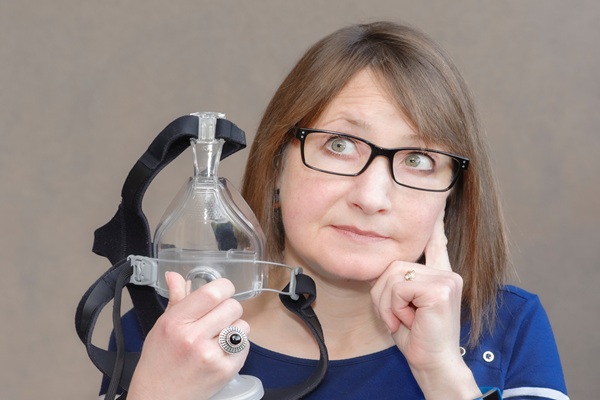 According to a survey by the American Dental Association, 85% of Americans understand that there is a strong correlation between oral health and total health, and a family dentist helps patients make this connection. Dental diseases and poor oral hygiene can lead to a number of other issues, so patients should prioritize preventive and early restorative care. In order for patients to be advocates in their own care, they must understand common procedures performed in a dental office. This knowledge will give the patient the ability to make informed choices about future restorative care.
According to a survey by the American Dental Association, 85% of Americans understand that there is a strong correlation between oral health and total health, and a family dentist helps patients make this connection. Dental diseases and poor oral hygiene can lead to a number of other issues, so patients should prioritize preventive and early restorative care. In order for patients to be advocates in their own care, they must understand common procedures performed in a dental office. This knowledge will give the patient the ability to make informed choices about future restorative care.
3 common treatments by a family dentist
A family dentist manages many aspects of oral health. Common treatments focus on restoring decayed teeth and improving a patient's chewing ability.
1. Fillings
Dental fillings are a routine part of a family dentist's day. In this procedure, the dentist removes decay (a cavity) from the enamel of the tooth. Then, a tooth-colored material is bonded to the tooth to fill the hole left by the decay. This procedure can be performed on front or back teeth. Cavities most commonly occur in the grooves of the back teeth. Meticulous brushing of this area, as well as using fluoride toothpaste and rinses, can help prevent cavities. Once a cavity is formed, though, it cannot heal itself; the family dentist must restore the tooth.
2. Crowns
Dental crowns, also known as caps, are common restorations for teeth that are cracked, decayed, or weakened by a root canal. In the crown procedure, a family dentist removes a portion of the enamel around the entire tooth. A custom-fitted cap is then cemented in place. This creates a stronger tooth and gives the patient more chewing function.
A dentist may recommend this procedure when a cavity is too large for a simple filling or after a tooth has had a root canal. Both of these situations make a tooth weaker and more prone to breaking if not crowned. A cap may also be used on a front tooth that is broken or discolored for a cosmetic fix.
3. Dentures
Patients who are missing many or all of their teeth may find eating difficult. Aesthetics may be a concern as well. There are two main types of dentures — complete and partial. A complete denture is used when the patient does not have any natural teeth. A partial denture has clasps that hook to the patient's remaining teeth. The natural teeth act as anchors for this type of denture. This restoration can provide a patient with an attractive smile while improving chewing function.
Conclusion
Dentistry continues to evolve to provide patients with necessary restorative methods. A family dentist is the natural choice for many patients, and a trusting relationship can be formed over the years. When the patient and dentist work together on developing the treatment plan, the patient can enjoy a beautiful and healthy smile.
Request an appointment or call GDC Smiles at 770-504-5725 for an appointment in our Gainesville office.
Recent Posts
No matter your stage in life, maintaining a healthy smile is important. Regular visits to a family dentist provide comprehensive care for people of all ages, ensuring a lifetime of healthy smiles. These routine check-ups address immediate concerns, can prevent future dental issues, and provide you and your family with the information you need to…
Choosing a family dentist is one of your most important healthcare decisions. This professional will likely be your family’s dental home for a long time. It is, therefore, important to choose someone who is professional and personable and whom you can trust with your and your family’s dental health.The best way to start a new…
Dental anxiety is common among children and adults. Thankfully, a family dentist has tools and techniques to help patients manage their anxiety while completing preventative and restorative dental work. This article will explore dental anxiety, how to manage it, and how to overcome it.Dental anxiety is when a patient feels fearful, stressed, or anxious about…


